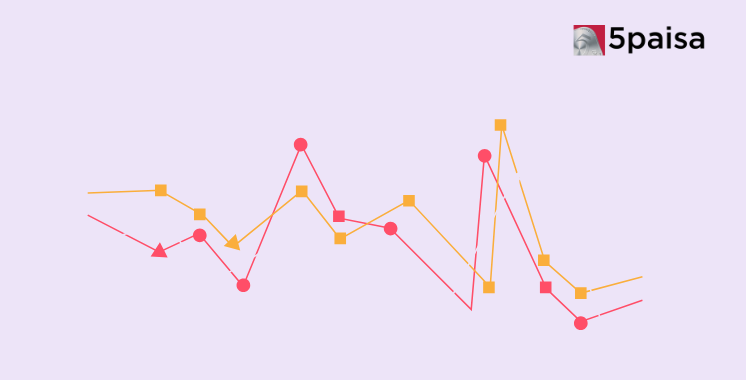How Do Institutional Investors Act During Times of Conflict?
Short-Term Govt Bond Yield Might Fall

Reserve Bank of Indi (RBI) released revised schedule for issuance of Treasury bills (T-bills), which is expected to lower yields on short-term government bonds on Tuesday, according to market participants. revised timetable for current year's May 22–June 26 period calls for crore decrease in T-bill issuance.
"As issuance amount is reduced, that liquidity will not be absorbed & will now come into system, which will lead to fall in yields of short-term bonds," stated dealer at state-owned bank.
"We are expecting around 6 basis point fall in yield on short-term bonds," he stated. On Friday, five-year government bond's yield finished at 709 percent.
What’s Cause & Effect?
“As issuance amount is reduced, that liquidity will not be absorbed & will now come into system, which will lead to fall in yields of short-term bonds,” said dealer at state-owned bank. “We are expecting around 6 basis point fall in yield on short-term bonds,” he added.
Let’s understand this by Example
When government reduces issuance amount of short-term government securities (G-secs), it means there will be fewer G-secs available in market. This reduction in supply increases liquidity in market because money that would have been used to buy these G-secs remains with investors.
1. Reduced Issuance:
• Money Supply for G-secs: ₹1,000 crore
• Government Issues: ₹500 crore G-secs
• Excess Liquidity: ₹500 crore
2. Impact:
Increased Liquidity -> Higher Demand for Bonds -> Higher Bond Prices -> Lower Bond Yields
Government Issues ₹1,000 crore G-secs
↓
Investors buy ₹1,000 crore G-secs
↓
Bond Yields: Stable
3. Reduced Issuance:
Government Issues ₹500 crore G-secs
↓
Investors buy ₹500 crore G-secs
↓
Excess Liquidity: ₹500 crore
↓
Increased demand for bonds
↓
Bond Prices increase
↓
Bond Yields decrease
Also Read: Moody's: India's Global Bond Index Inclusion Insufficient for Rating Boost
decision by RBI, according to market participants, might make yield curve steeper. trader at another state-owned bank stated, " RBI wants to lower yields for short-term bonds because yield curve is flattish right now." "We can see that longer tenure is in demand right now," he stated.
According to market participants, traders have been hoarding long-term bonds with maturities of 10 & 14 years in advance of inclusion of domestic bonds in international indices.
"Because capital appreciation is anticipated following bond inclusion, emphasis is in long-term bonds such as 10- & 14-year bonds. Because rate cut is not anticipated, there is no demand for short-term bonds, according to dealer at another state-owned bank.
Although US Federal Reserve is anticipated to begin reducing interest rates in September, traders anticipate that monetary policy panel will not begin rate reduction until March 2025. few traders anticipate that domestic rate cut will begin in second part of upcoming fiscal year (2025–2026).
JPMorgan stated in September 2023 that India's bonds would be added to JPMorgan Government Bond Index-Emerging Markets (GBI-EM) with effect from June onwards. Bloomberg Index Services announced on March 5 of this year that, as of January 31, 2025, Indian government bonds would be included in its Emerging Market Local Currency Government Index.
- Flat ₹20 Brokerage
- Next-gen Trading
- Advance Charting
- Actionable Ideas
Trending on 5paisa
Indian Stock Market Related Articles
Disclaimer: Investment in securities market are subject to market risks, read all the related documents carefully before investing. For detailed disclaimer please Click here.

 5paisa Research Team
5paisa Research Team
 5paisa Research Team
5paisa Research Team




